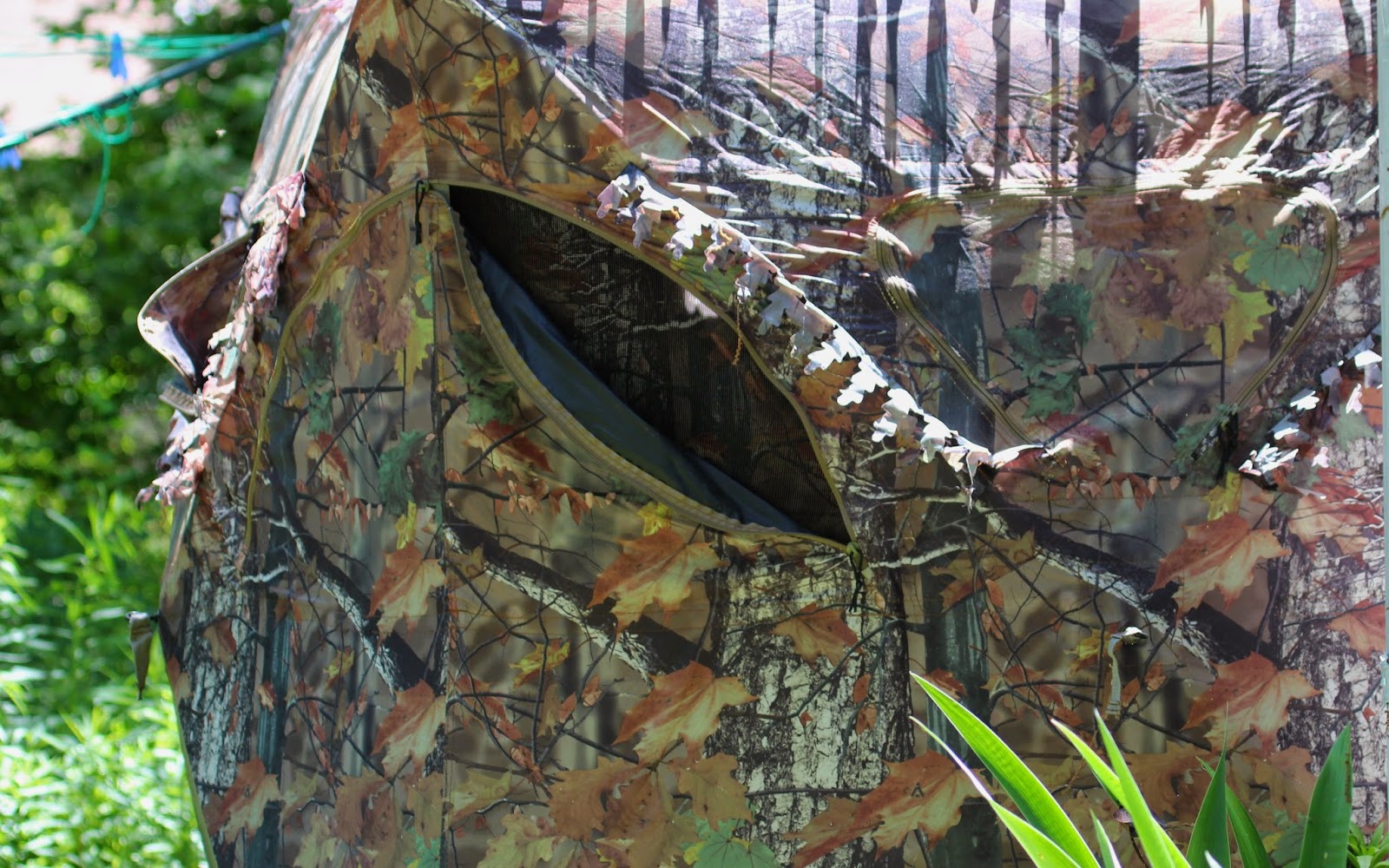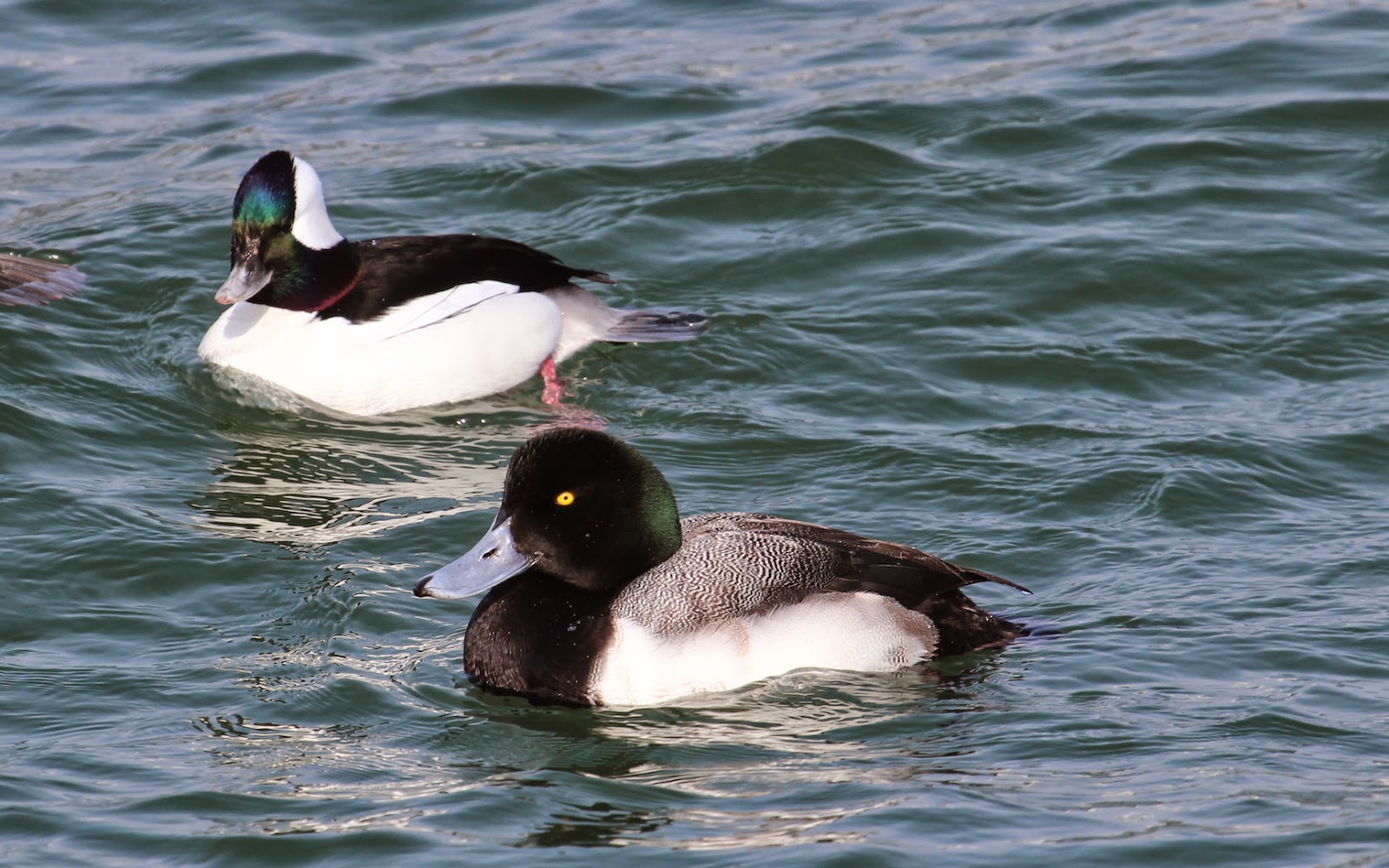Incoming!

A lady was feeding bread to the trumpeter swans, ducks and gulls at the Marina on Hamilton bay. This ring-billed gull was dropping in for his share. Feeding bread isn't the best idea, lots of bilk not much nutrition. Seed is always a better idea. Larus delawarensis Some Ring-billed Gull nests at study sites in California and Oregon contained pebbles the size and shape of gull eggs. The parents apparently pulled the pebbles into their nests from the surrounding ground, mistaking them for eggs gone astray.















































